I’ve wanted to share a little bit about the process we’ve gone through as we have designed the landscaping on our half acre plot here in Central Oregon. When we moved here 3 years ago, there was a large expanse of lawn and not much else. My husband loves green grass in the summertime but even he admitted there was way too much to mow and water.
After experiencing the process of removing lawn in our previous yard in California, he was very open to not expanding the lawn, and eventually removing quite a bit to make way for more native plants and shrubs. (You can read about our California wildside here: Keeping it on the Wildside – Part 1 and Nature Study on the Wildside – Part 2)
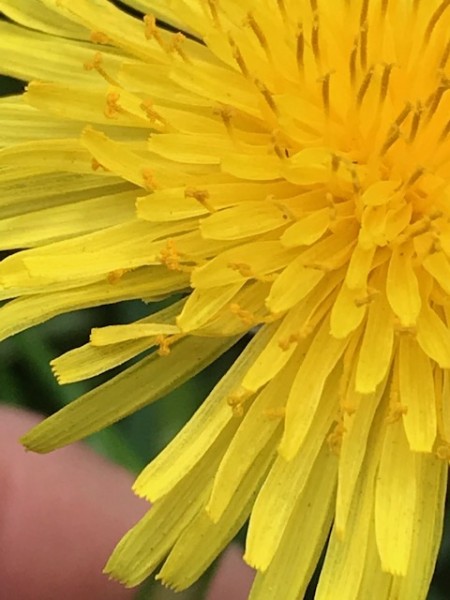
It really takes a change in thinking to adjust to the idea of less lawn to make room for more native plants. He still pushes back on my desire to keep the dandelions around the edges of the lawn. We have many, many dandelions here, so the compromise is to keep them to one side of the yard, in my Oregon “wildside”.
What is my “wildside”?
I define my “wildside” as a place to allow the natives to grow until we can identify them. Then we decide on a case by case basis whether to pull them out by the roots or to nurture them into beautiful plants that add such variety to our yard. This means a shift from calling a plant a “weed” to viewing them as a valued plant in our garden plan.
Restoring a wildside where we remove lawn and transplant native grasses and other flowering plants is also a part of the broad plan to create more natural habitat in our new place.
Short List of My Wildside Plants
Dandelions
Purple dead nettle
Mullein
Tansy Mustard
Yarrow
There are still some plants I have yet to figure out if they’re on the “pull them out” list or the “to keep” list. It’s truly a learning process as I gain knowledge and understanding of the new habitat I live in.
I have one main wildside area in the yard and then several smaller pockets of plants that I’m also allowing to grow and make decisions about as we go through another summer season.
One area of wild things is alongside the driveway and I’ve had so many friends comment on how I’m letting the “weeds” grow and I should pull them out. (They are trying to be helpful.)
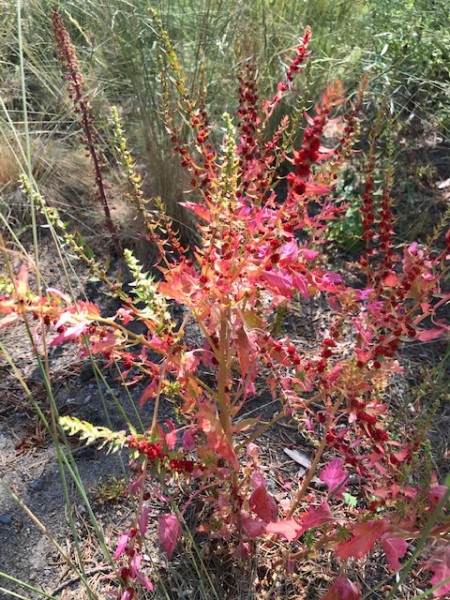
Secondary List of Wildside Plants
Strawberry blite
False dandelion
Collomia
Silver phacelia
The past three years have been a season of observation. We take daily walks around the yard and as each new plant matures, we identify it and then decide if it’s a good fit for our garden. It involves a lot of careful weeding, but in the end I think we’ll have a variety of plants that will be beneficial to the habitat in some way.
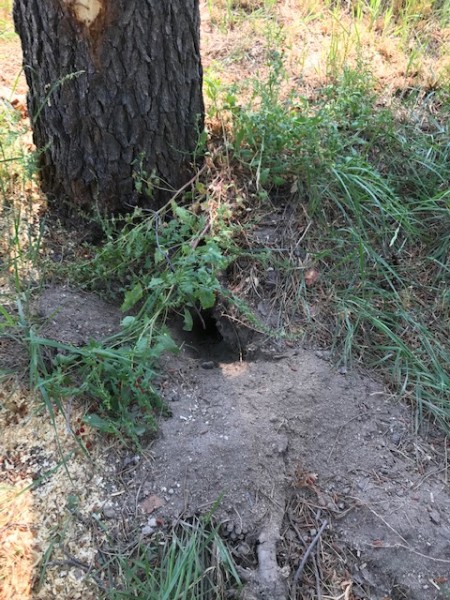
What do I mean? We think about whether a particular plant is attractive to pollinators, provides food and shelter to birds or other animals, or is a showy plant that provides color for us to enjoy.
Where we are pulling out the lawn, we’re replacing it with native shrubs that will grow and thrive in Central Oregon. I’m hoping to support the birds and insects that have started to visit and reproduce here. It is so joyful to look out and see the nests being built right within sight of our back widow.
We daily see bees, moths, butterflies, and other insects visiting the flowers.
The birds are using the native grasses as nesting materials, eating the seeds and berries from the plants, and taking sips of water from the puddles left in the dirt and on the rock walls we built.
So there you have a brief overview of how we’re creating a new wildside in our Central Oregon space. There is so much more to share, so I will save that for a future post. It’s a hobby and a passion that I could work on during the time isolated at home during the COVID-19 pandemic. It doesn’t look like the “staying safe at home” time is ending very soon, so I will probably update you dear readers later this fall with any changes or outstanding observations we’ve made.
Follow me on Instagram for more of our Oregon gardening and nature related posts.
Right now there is a discount code for $10 off an Ultimate Naturalist Library membership.
Discount Code: SUMMERNATURE
Code expires: 8/1/2020

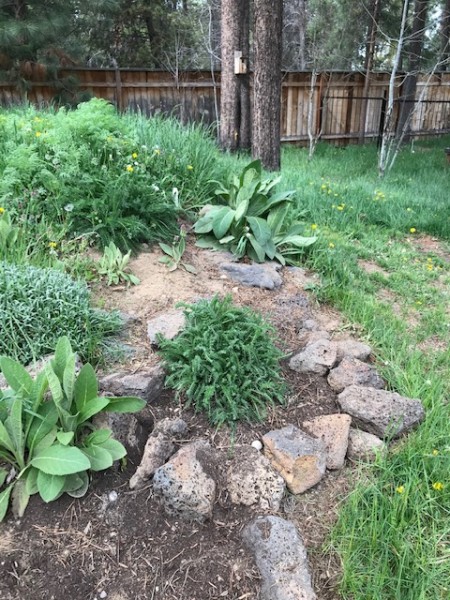
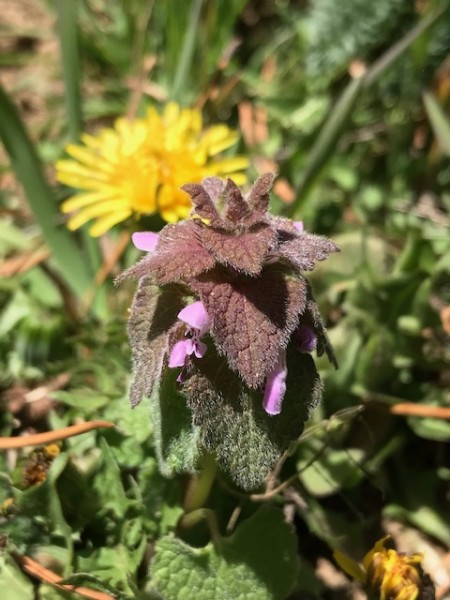
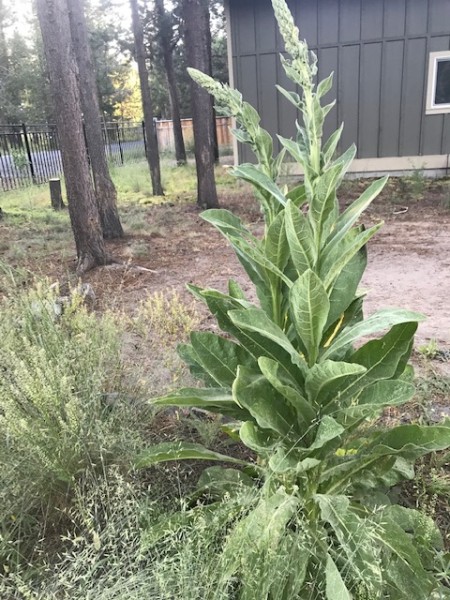
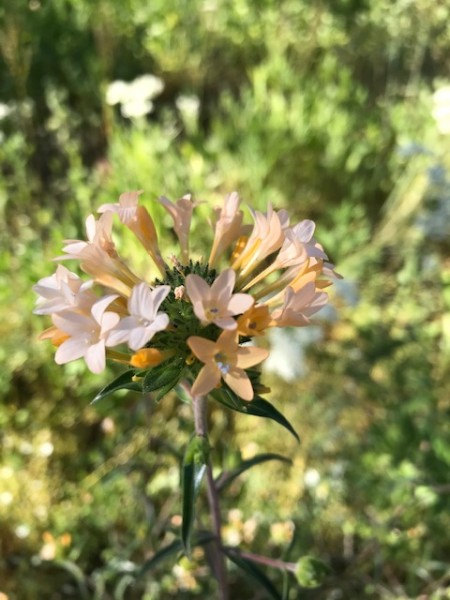

Hello Barb, this is such a wonderful post. I love hearing how you are learning about your native plants and how the surrounding wildlife makes use of them. I look forward to more stories!
So nice to hear from you! It has been a lot of work but I love the results of caring for the habitat in a way that nurtures the wildlife. I will be sure to post more updates!